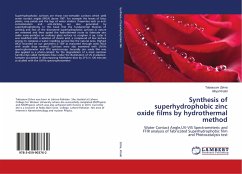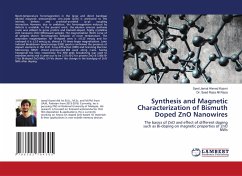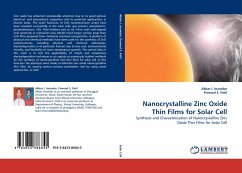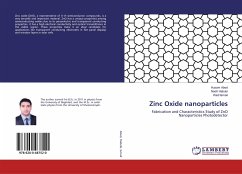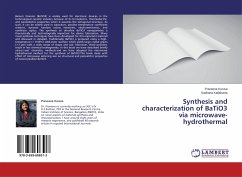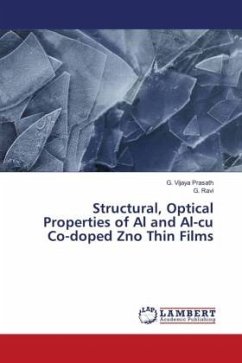Superhydrophobic surfaces are those non-wettable surfaces which yield water contact angles (WCA) above 150 . For example the leaves of lotus plants, rose petals and the legs of water striders. Properties such as anti-contamination and anti-sticking are also generated by superhydrophobicity. In this book first the fundamental theories of wetting and few of the discovered superhydrophobic surfaces in nature are reviewed and then opted the hydrothermal route to fabricate zinc oxide nano-particles on ordinary glass surface to roughen it up. Later it was modified with a solution of stearic acid, a compound of low surface energy to compose a water repelling surface like the natural ones. Highest WCA recorded on our specimens is 158 as evaluated through static WCA with sessile drop method. Surfaces were also examined with UV/Vis spectrophotometer and FTIR spectroscopy. Secondly zinc oxide film was also applied as a photo-catalyst for the degradation of a most common harmful dye called methylene blue under the illumination of UV irradiation. Samples succeeded in decomposing Methylene blue by 21% in 120 minutes as studied with the UV/Vis spectrophotometer.
Bitte wählen Sie Ihr Anliegen aus.
Rechnungen
Retourenschein anfordern
Bestellstatus
Storno

